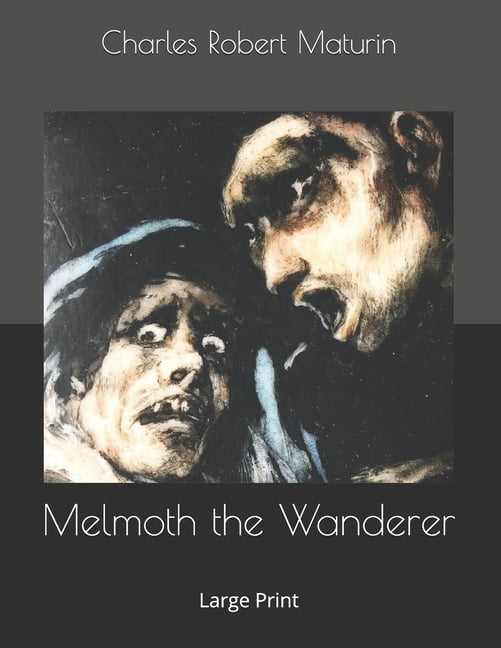

National and religious identities are clearly at play here, but they are also reflective of underlying beliefs about physiological and characterological identity. Ashley Marshall challenges the typical reading of Melmoth’s ironic indictment of religion as dehumanizing in order to suggest, instead, that the novel “ultimately confirm the strength of genuine spiritual conviction” (Marshall 2008, 121). Nathaniel Leach claims that the novel is about subjectivity and the “disorienting influence of the Other on the experience of the self” (Leach 2011, 28). Christina Morin asserts that the novel is “spectrally possessed” by the history of Ireland (Morin 2011, 133). It is, Lew argues, a “political allegory” (Lew 1994, 175). Lew argues that the novel “explores problems of cultural and personal identity and assimilation-a problem particularly acute for the English in Ireland during Maturin’s lifetime, but also becoming increasingly important in Great Britain’s colonial holdings” (Lew 1994, 174). Maturin’s work is reflective of the struggles associated with Irish history and identity. Scholarship on Maturin tends to focus, for obvious reasons, on Irish identity and/or the religious commentary/critique that are foregrounded in his works, especially Melmoth. Finally, the novel’s monstrous form and its inconclusive conclusion suggest that origins will never be found and that the story will continue ad nauseum, paralleling the epigenetic search for origins in the field of embryology.

Also, the novel is significantly more engaged with the supernatural than either Radcliffe’s or Shelley’s, which parallels the struggle that epigenesists had with vitalism, the temptation to offer supernatural explanations for how life begins. Charles Robert Maturin’s most famous novel, Melmoth the Wanderer is one of the most epigenetic of all of these texts in that it foregrounds the intimate connection between conception and writing and weaves a tale that displays Gigante’s “relentless fecundity” and Müller-Sievers’ “endless narration.” The novel begins with Biddy Brannigan, a witchy midwife figure, giving birth to this story in which several identities-Alonzo, Adonijah, Immalee/Isidora-powerfully illustrate the conflict between internal passions and external controls that is a hallmark of epigenetic literature.


 0 kommentar(er)
0 kommentar(er)
